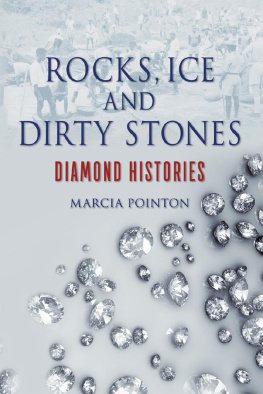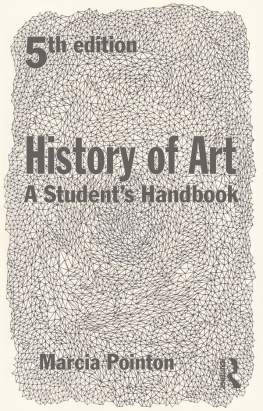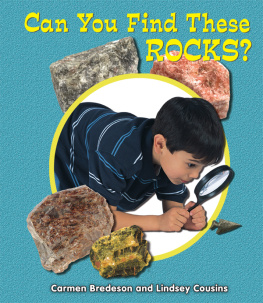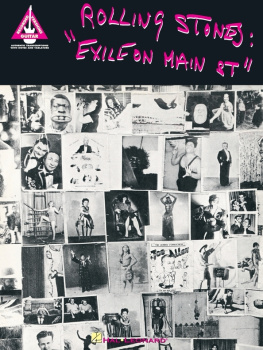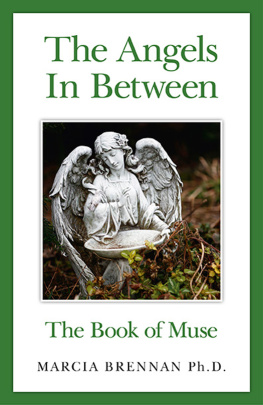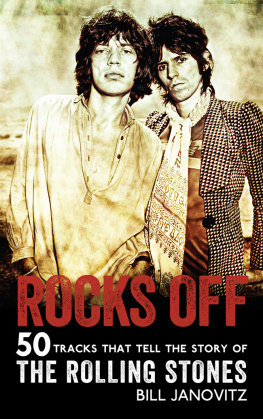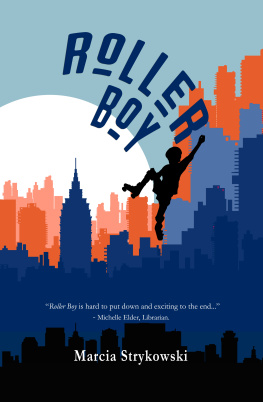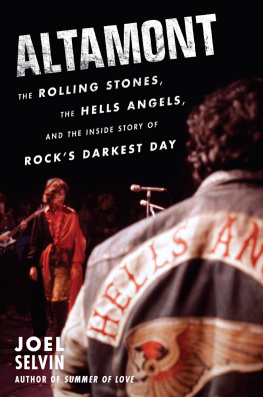Marcia Pointon - Rocks, Ice and Dirty Stones
Here you can read online Marcia Pointon - Rocks, Ice and Dirty Stones full text of the book (entire story) in english for free. Download pdf and epub, get meaning, cover and reviews about this ebook. year: 2017, publisher: Reaktion Books, genre: Politics. Description of the work, (preface) as well as reviews are available. Best literature library LitArk.com created for fans of good reading and offers a wide selection of genres:
Romance novel
Science fiction
Adventure
Detective
Science
History
Home and family
Prose
Art
Politics
Computer
Non-fiction
Religion
Business
Children
Humor
Choose a favorite category and find really read worthwhile books. Enjoy immersion in the world of imagination, feel the emotions of the characters or learn something new for yourself, make an fascinating discovery.
- Book:Rocks, Ice and Dirty Stones
- Author:
- Publisher:Reaktion Books
- Genre:
- Year:2017
- Rating:5 / 5
- Favourites:Add to favourites
- Your mark:
- 100
- 1
- 2
- 3
- 4
- 5
Rocks, Ice and Dirty Stones: summary, description and annotation
We offer to read an annotation, description, summary or preface (depends on what the author of the book "Rocks, Ice and Dirty Stones" wrote himself). If you haven't found the necessary information about the book — write in the comments, we will try to find it.
Rocks, Ice and Dirty Stones — read online for free the complete book (whole text) full work
Below is the text of the book, divided by pages. System saving the place of the last page read, allows you to conveniently read the book "Rocks, Ice and Dirty Stones" online for free, without having to search again every time where you left off. Put a bookmark, and you can go to the page where you finished reading at any time.
Font size:
Interval:
Bookmark:

long-time dear friend and valued colleague
AND
DIRTY STONES
Unit 32, Waterside
4448 Wharf Road
London N1 7UX, UK
Copyright Marcia Pointon 2017
Index match the printed edition of this book.
by 1010 Printing International Ltd

 | 2 Alicja Kwade, Lucy, 2004, pressed black coal and adhesive agent, 14 14 18 cm. |

| Extreme mechanical hardness (~90 GPa). |
| Strongest known material, highest bulk modulus (1.2 x 1012 N/m2), lowest compressibility (8.3 x 10-13 m2/ N). |
| Highest known value of thermal conductivity at room temperature (2 x 103 W / m / K). |
| Thermal expansion coefficient at room temperature (0.8 x 10-6 K) is comparable with that of invar. |
| Broad optical transparency from the deep UV to the far IR region of the electromagnetic spectrum. |
| Good electrical insulator (room temperature resistivity is ~1016 cm). |
| Diamond can be doped to change its resistivity over the range 10-106 cm, so becoming a semiconductor with a wide bad gap of 5.4 eV. |
| Very resistant to chemical corrosion. |
| Biologically compatible. |
| Exhibits low or negative electron affinity. |

Font size:
Interval:
Bookmark:
Similar books «Rocks, Ice and Dirty Stones»
Look at similar books to Rocks, Ice and Dirty Stones. We have selected literature similar in name and meaning in the hope of providing readers with more options to find new, interesting, not yet read works.
Discussion, reviews of the book Rocks, Ice and Dirty Stones and just readers' own opinions. Leave your comments, write what you think about the work, its meaning or the main characters. Specify what exactly you liked and what you didn't like, and why you think so.

